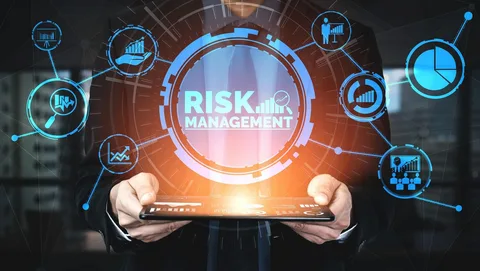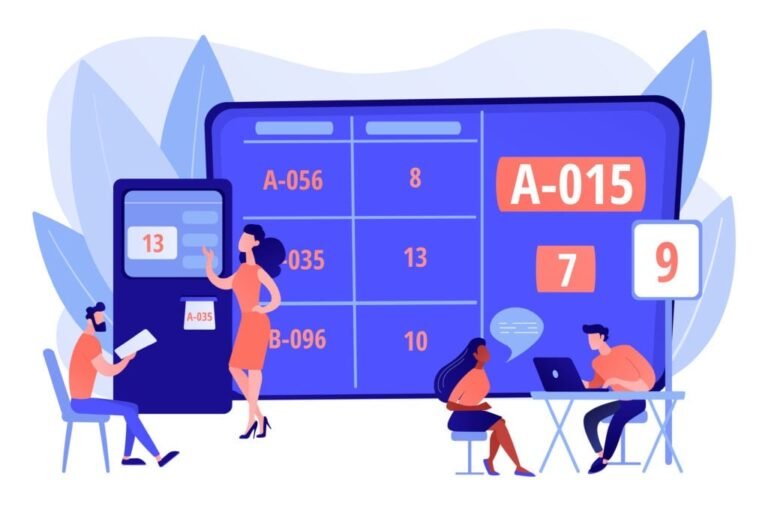
Monitoring real-time media helps in early risk detection
What is Adverse Media Screening
Adverse media screening is a due diligence process used to detect negative information about individuals or entities. It involves scanning news reports, blogs, and other public media to identify content suggesting involvement in illegal, unethical, or risky behavior. Common risks flagged include fraud, terrorism financing, corruption, sanctions evasion, and financial crime.
Financial institutions, insurance providers, legal firms, and businesses globally rely on this method to evaluate clients, partners, and vendors. By identifying risk exposure early, organizations reduce the possibility of financial loss, legal issues, and reputational harm.
Importance of Adverse Media Screening in Compliance
In the compliance ecosystem, adverse media plays a key role. It enhances Know Your Customer (KYC) and Anti-Money Laundering (AML) programs by highlighting red flags that traditional background checks might miss.
Institutions use it to:
-
Uncover previously hidden associations with criminal activities
-
Monitor existing clients for emerging risks
-
Ensure regulatory compliance with global frameworks
-
Avoid onboarding high-risk entities
-
Strengthen overall customer risk assessment
Sources for Adverse Media
Adverse media data is gathered from a variety of publicly available sources, including:
-
Global news publications
-
Local newspapers
-
Government reports
-
Regulatory websites
-
Online forums
-
Social media platforms
-
Legal and court databases
These sources are scanned for negative mentions that can influence a customer’s risk rating.
How Adverse Media Screening Works
The process usually involves the following steps:
-
Initial data collection using the subject’s name and identifiers
-
Filtering of irrelevant or false positive results
-
Categorization based on severity and type of risk
-
Integration with KYC profiles or customer relationship tools
-
Risk rating assignment based on the findings
Modern screening tools can process content in multiple languages and analyze both structured and unstructured data formats.

Categories of Adverse Media
Adverse media is typically divided into several categories. Each type poses a specific compliance risk:
Financial crime such as embezzlement and insider trading
Corruption involving bribery and abuse of power
Terrorism support and extremism
Organized crime including trafficking or arms dealing
Environmental violations
Legal sanctions or embargo breaches
Human rights violations
Each category is assessed differently depending on regulatory obligations and the organization’s risk tolerance.
Benefits of Adverse Media Screening
Regulatory Compliance: Aligns with international requirements such as those from FATF, FinCEN, and the EU AML Directives.
Risk Mitigation: Helps prevent fraud, litigation, and reputational loss.
Customer Insight: Offers deeper understanding of clients beyond standard documentation.
Automated Monitoring: Enables real-time alerts for new developments.

Manual vs Automated Screening
Manual Screening
Done by analysts who review media manually. It is useful for small datasets but time-consuming and error-prone.
Automated Screening
Uses software that scans thousands of articles in seconds. It is scalable, fast, and ideal for large institutions but needs human review for context verification.
A hybrid approach, combining automated tools with analyst oversight, is often preferred.
Who Uses Adverse Media Screening
Banks and Financial Institutions: Screen clients and monitor high-risk transactions.
Insurance Providers: Detect fraudulent claims and ensure legal compliance.
Real Estate Firms: Screen buyers and sellers in luxury markets.
Law Firms: Evaluate client history for litigation risks.
Payment Gateways: Identify merchants linked to criminal activity.

Challenges in Adverse Media Screening
-
False Positives: Unrelated individuals with similar names may be incorrectly flagged.
-
Data Overload: Excessive alerts can overwhelm compliance teams.
-
Language Gaps: Limited translations can cause missed red flags.
-
Timeliness: Old or irrelevant data may dilute focus from real threats.
Organizations need structured workflows and tool configurations to manage these challenges effectively.
Best Practices for Effective Screening
-
Use multilingual sources for broader coverage.
-
Establish relevance criteria to reduce false positives.
-
Combine adverse media with other checks like PEP and sanctions lists.
-
Monitor continuously rather than at fixed intervals.
-
Document findings and incorporate them into client profiles.
Impact on Customer Risk Rating
Adverse media results can directly influence how a client is rated. Risk scores are adjusted based on:
The severity of the report
Credibility of the source
Recency of the incident
Frequency of mentions across sources
If the risk score crosses a certain threshold, enhanced due diligence or even account rejection may follow.
Conclusion
Adverse media screening is an essential compliance tool in modern business. It provides critical insight into potential risks associated with individuals and organizations. By integrating this process with AML and KYC frameworks, institutions can stay compliant, prevent financial crime, and safeguard their reputation.
For more articles related to compliance, risk, and business, explore Magazines Break.
FAQs
What is adverse media screening used for?
It helps institutions detect negative news about individuals or entities to assess risk and prevent financial crime.
Is adverse media screening mandatory for banks?
While not always legally required, it is expected under AML regulations in many countries.
What types of risks does adverse media uncover?
It can highlight risks like fraud, terrorism financing, corruption, sanctions evasion, and human rights abuse.
How often should screening be performed?
Best practice involves continuous monitoring, especially for high-risk customers.
What is the difference between PEP and adverse media?
PEP checks identify political exposure, while adverse media uncovers negative public information.
What are the key challenges of adverse media checks?
False positives, data volume, and language barriers are common challenges.
Can automation fully replace human checks?
Automation helps scale, but human judgment is still needed for context and verification.
How does adverse media affect risk ratings?
Severe or credible adverse media can lead to higher risk scores and trigger enhanced due diligence.
Which industries benefit from this process?
Banking, insurance, real estate, legal, and fintech sectors frequently use adverse media screening.
Is social media included in adverse media screening?
Yes, many tools now incorporate social content to capture emerging risks.




